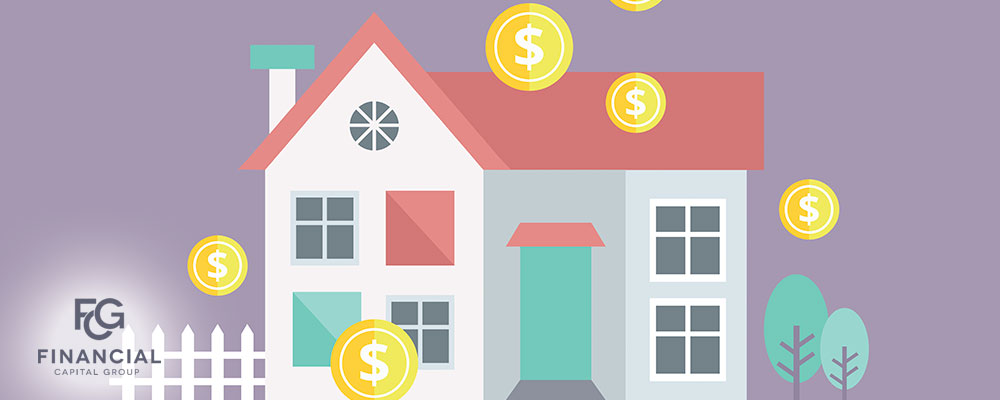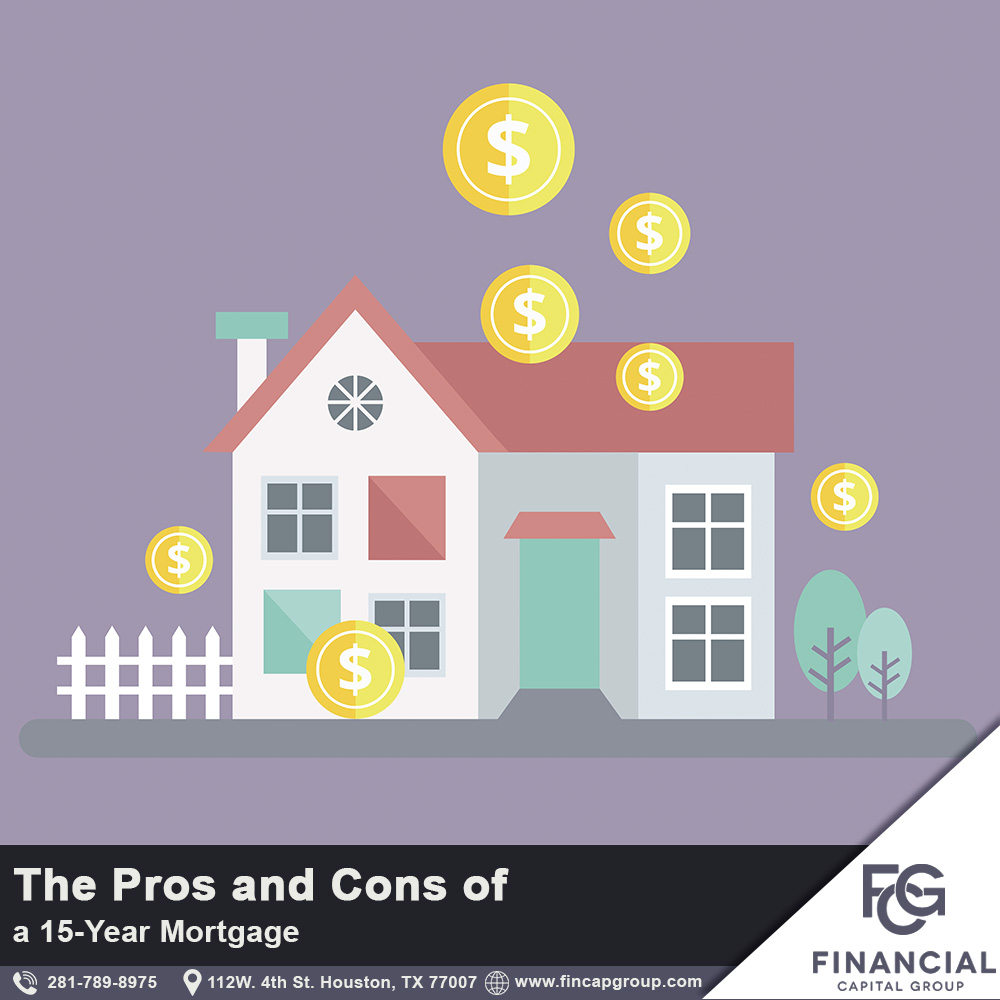The Pros and Cons of a 15-Year Mortgage

Houston Mortgage Options
A 15-year mortgage is a loan for buying a home whereby the interest rate and monthly payment are fixed throughout the life of the loan. Some borrowers opt for the 15-year versus the more conventional 30-year mortgage since it can save them a significant amount of money in the long term.
There are several types of mortgage products available on the market today. The 15-year mortgage has some advantages and disadvantages when compared to the 30-year. However, both products share similarities such as the interest rate can be impacted by the borrower's credit history and credit score.
A credit score is a numerical representation of how likely a borrower will pay back money owed. Timely payments, length of credit history, and how many open credit accounts are all factors that impact a credit score. Of course, both a 15-year and 30-year loan also require ample monthly income to cover the potential mortgage payment as well as other debts.
The Pros of a 15-year Mortgage
Below are the advantages of a 15-year mortgage versus a 30-year. Both have fixed rates and fixed payments over their terms.
Less in Total Interest.
A 15-year mortgage costs less in the long run since the total amount of interest payments are less than a 30-year mortgage. The cost of a mortgage is calculated based on an annual interest rate, and since you're borrowing the money for half as long, the total interest paid will likely be half of what you’d pay over 30 years.
For example, a mortgage amount of $250,000 over 30 years at a rate of 4% would cost $429,674 in principal and interest payments by the end of the term. The total interest would be $179,674 for borrowing for 30 years.
The same loan amount and interest rate over 15 years would cost $332,860 by the end of the term. Total interest would be $82,860 for borrowing for 15 years. At 4%, you'd pay only about 46% of the total interest for a 15-year than you'd pay for the 30-year. The higher the interest rate, the greater the gap between the two mortgages.
Lower Interest Rate.
Since short-term loans are less risky and cheaper for banks to fund than long-term loans, a 15-year mortgage typically comes with a lower interest rate. The rate can be anywhere between a quarter point to a whole point less than the 30-year mortgage.
Forced Savings.
Since the monthly payment is higher for a 15-year mortgage, financial planners tend to consider it a type of forced savings. In other words, instead of taking the monthly savings from doing a 30-year and investing the funds in a money market account or the stock market, you'd be investing it in your house, which over the long run is also likely to appreciate in value.
The Cons of a 15-year Mortgage
Despite the interest saved with a 15-year mortgage, there are a few considerations and disadvantages that borrowers should think about before deciding on the term of their loan.
Higher Monthly Payments.
A 15-year mortgage has a higher monthly payment than a 30-year since the loan needs to be paid off in half the time. For example, a 15-year loan for $250,000 at 4% interest has a monthly payment of $1,849 versus $1,194 for the 30-year. In other words, the 15-year monthly payment is 55% higher than the 30-year for the same amount at the same rate.
Less Affordability.
The higher payment might limit the buyer to a more modest house than they would be able to buy with a 30-year loan. Using our example above, let's say the mortgage lender will only approve a maximum of $1,500 per month. The borrower would need to buy a cheaper house—a $200,000 mortgage at 4%, for 15-years, results in a $1,479 payment. The borrower could also opt to make a larger downpayment ($50,000) bringing the total mortgage loan amount from $250,000 to $200,000, which would also get the payment below the $1,500 per month maximum.
On the other hand, a 30-year loan (for $250,000) would result in a $1,194 monthly payment—well under the $1,500 maximum. Also, the 30-year loan allows the borrower to buy a bigger home or take on a larger mortgage. For example, a 30-year mortgage for a $300,000 home would cost $1,432 per month. The 30-year loan brings the payment under the $1,500 maximum and allows the borrower to take on a larger loan—presumably getting a bigger home or a better location.
Less Money Going to Savings.
The higher payment requires higher cash reserves—as much as one year’s worth of income in liquid savings. Also, the higher monthly payment means a borrower may forgo the opportunity to build up savings or save for goals such as college tuition for a child, or retirement. Also, both college savings' and retirement accounts are tax-deferred while 401k retirement accounts have an employer contribution. Also, a savvy and disciplined investor would lose the opportunity to invest the difference between the 15-year and 30-year payments in higher-yielding securities.
Source: investopedia
Financial Capital Group, LLC is a lender that provides home and commercial finance solutions for business, professionals, individuals and families since 1999. Our love and care for others is directed as much within our walls as it is outside of them. Our desire is to work together to meet the needs of our customers.

Houston Mortgage Options.
Financial Capital Group, Houston Mortgage, Houston Mortgage Company, Houston Mortgage Options, Houston Mortgage Programs, Houston Mortgage Calculator, Houston Mortgage Application, Houston Mortgage Process, Houston Mortgage Loan Process, Houston Loan Options, Houston Loan Company, Houston Conventional Loans, Houston Loan Programs, Houston Loan Calculator




